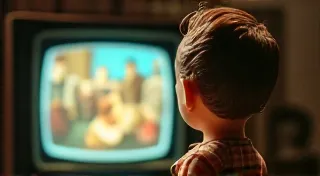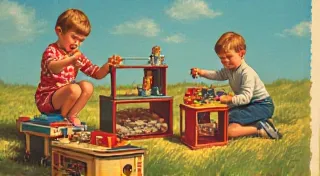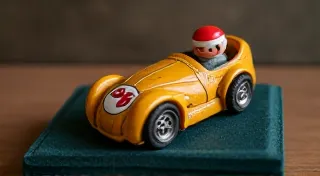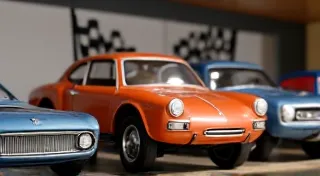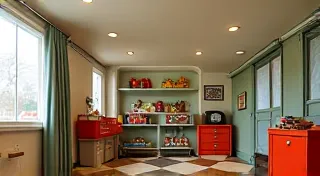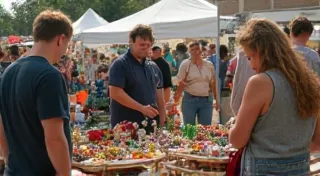Rare and Unusual Vintage Toys: Stories Behind the Finds
The world of vintage toy collecting is vast and diverse. While many chase iconic brands like Barbie or G.I. Joe, a fascinating subset of collectors dedicate themselves to unearthing the truly rare and unusual. These aren't your everyday finds; these are toys that whisper tales of forgotten factories, experimental designs, and a unique place in toy history. This article delves into the captivating stories behind some of these extraordinary vintage toys, exploring their significance and the adventures of those who's found them.
The Allure of the Uncommon
Why seek out the rare and unusual? For many collectors, it’s about more than just possession. It's about connecting with a piece of history, uncovering a forgotten narrative, and appreciating the ingenuity of toy designers of the past. The pursuit isn’t driven by profit alone, although rarity often commands a higher value; it’s about the thrill of the hunt, the satisfaction of discovery, and the ability to share a compelling story. It also involves a deep understanding of the nuances of vintage toy identification - from understanding subtle manufacturing differences to deciphering what vintage toy markings can tell you. Learning to read these clues is often the first step in the pursuit of the uncommon.
Spotlight on Rare Finds: Tales from the Toy Box
1. The Marx Atomic Flying Saucer (1956) - A Brief, Brilliant Flight
Marx Toys, known for their affordable and accessible lines, produced the Atomic Flying Saucer in 1956. While seemingly commonplace, the truly rare version is the “Blue” version—remarkably few were produced and the color quickly proved unstable, fading to a murky grey. Finding a Blue Atomic Flying Saucer in good condition is a collector’s holy grail. The preservation of these vintage treasures is key, and learning the proper techniques for preserving your collection can be vital to maintaining their value and beauty.
The story behind its rarity is intertwined with manufacturing challenges. The blue dye used proved to be reactive with the plastic, leading to significant fading and discoloration. Marx, recognizing the problem, quickly discontinued the blue version, switching to a more stable orange hue. This short production run cemented the blue version’s status as a prized artifact. Finding one now requires significant diligence and a keen eye, often appearing in estate sales or through word-of-mouth amongst collectors.
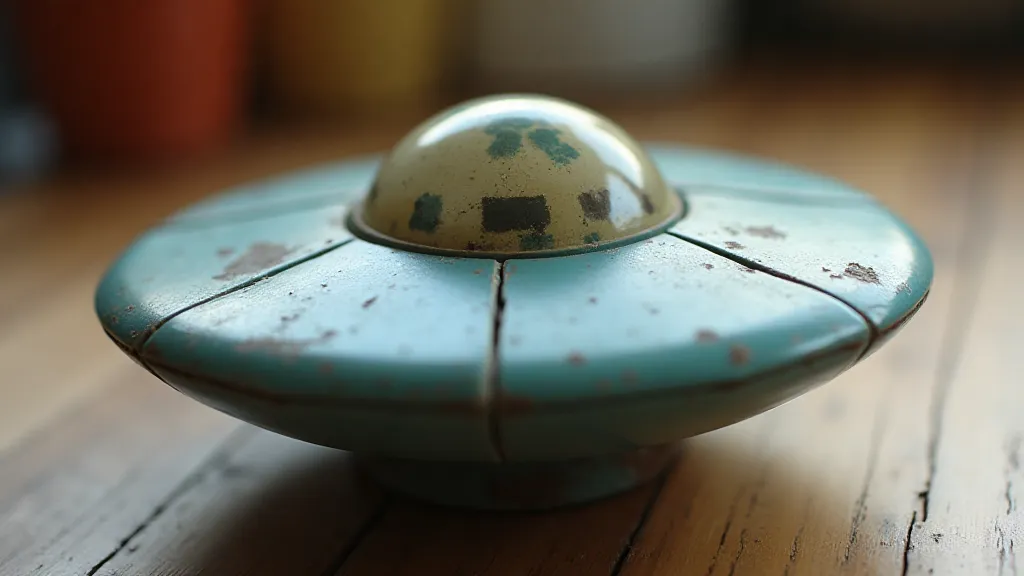
2. The Shirley Temple “Baby Doll” (1935-1939) - More Than Just a Toy
Shirley Temple’s immense popularity in the 1930s spurred a frenzy of licensed merchandise. Among these was a line of Shirley Temple Baby Dolls, produced by various manufacturers. While many of these dolls are relatively common, the "Slightly Smiling" version from Ideal, a doll with a very subtly different facial expression, is remarkably scarce. The change was seemingly minor - a slight adjustment to the mouth during production - yet it significantly altered the doll's appearance and has made it exceptionally desirable.
The rarity stems from a brief production window and the fact that most factory workers were encouraged to replace “defective” dolls back into the production line. The subtle difference wasn’t deemed important by the factory, leading to the majority of the dolls being discarded or recycled. Today, finding one is a testament to both luck and a deep understanding of doll collecting history. And for those branching out from the iconic Barbie, a deeper dive into collecting vintage dolls offers a world of fascinating discoveries.
3. The "Space Explorers" Tin Litho Wind-Up Toy (1950s, Unknown Manufacturer) - A Mystery in Metal
This elusive wind-up toy is the subject of much speculation within the vintage toy collecting community. Appearing sporadically at flea markets and antique stores, it depicts two astronauts exploring a lunar landscape. The toy’s origin is entirely unknown; no manufacturer’s marks are present, and no records exist documenting its production. Theories abound – some believe it was a promotional item for a now-defunct company, others suggest it was a prototype never intended for commercial release.
Its mystery is part of its appeal. The very fact that its origins remain shrouded in secrecy adds to its allure. The toy’s craftsmanship is undeniably high, suggesting it wasn’t a mass-produced item. Finding one often involves a lot of detective work and connecting with other collectors who share information and leads. The Space Explorers toy serves as a reminder that there are still forgotten corners of toy history waiting to be uncovered. And just like identifying these unique items often requires careful observation, identifying other vintage toys – especially rubber toys – can be tricky; exploring a beginner’s guide to identifying vintage rubber toys is a good starting point.
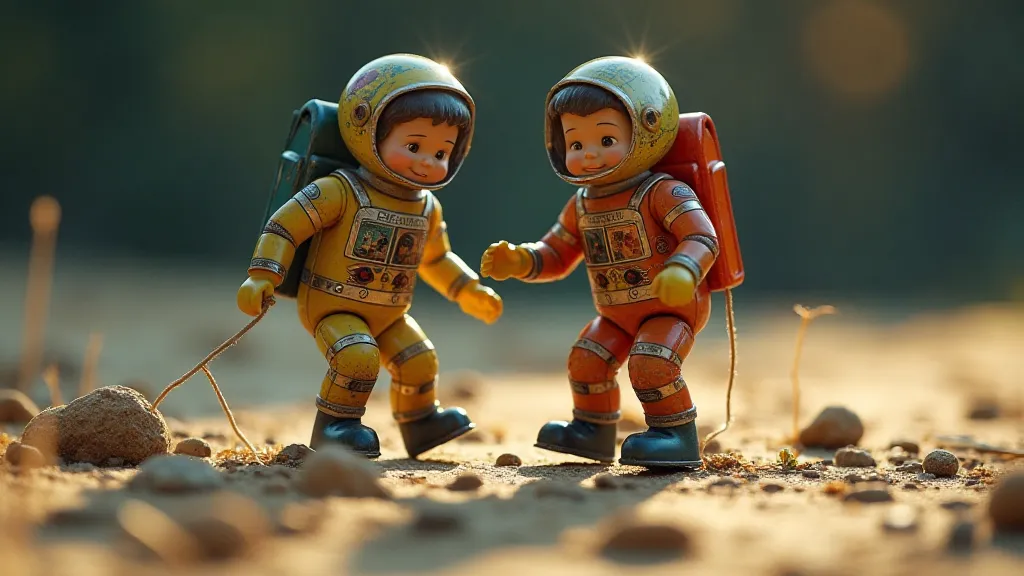
4. The "Wonderama" Robot (1950s, Possibly Japanese) – A Case of Misattribution
The "Wonderama" Robot, with its angular design and charmingly clumsy movements, is a beloved figure in vintage toy collecting. However, a significant portion of the “Wonderama” Robots originally attributed to known Japanese manufacturers were actually produced in Europe—specifically, in post-war Germany.
The confusion arose from the practice of Japanese toy companies re-exporting European-made toys under their own brand names. This allowed them to capitalize on the growing demand for novelty toys in the US market. Distinguishing between the original Japanese and European versions requires careful examination of the toy’s construction, markings, and overall design. Experts in vintage toys meticulously analyze these details to determine the toy’s true origin. The process of verifying authenticity and provenance is vital, especially when dealing with potentially valuable and misattributed pieces.
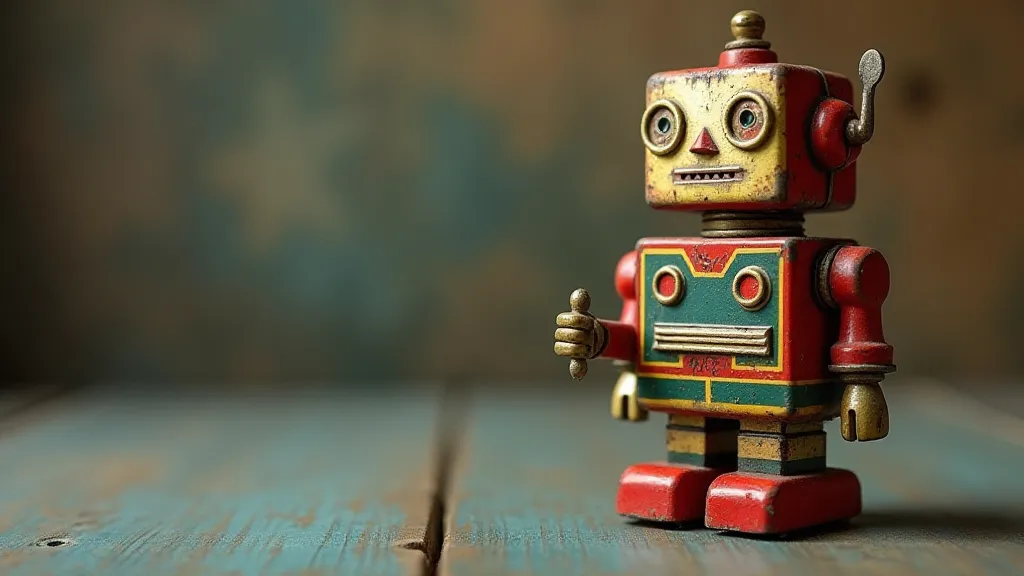
Preserving the Stories
Collecting rare and unusual vintage toys isn't just about acquiring objects; it's about safeguarding fragments of history. Each toy tells a story of innovation, creativity, and the evolving landscape of childhood. The value of these pieces extends beyond their monetary worth; they offer a tangible link to the past, allowing us to connect with previous generations and appreciate the evolution of play. Understanding the nuances of toy construction and material science from different eras adds another layer of appreciation for these treasures. Proper storage and handling are essential for long-term preservation. Even simple steps, like avoiding direct sunlight and extreme temperatures, can significantly impact a toy’s condition.
The Future of Collecting
As the vintage toy market matures, the stories behind the toys become increasingly valuable. Collectors are not only seeking rare items, but also documentation – original advertising materials, factory records, and even personal anecdotes from people who once played with these toys. The rise of online forums and social media platforms has facilitated collaboration and information sharing amongst collectors, making it easier than ever to connect and piece together the puzzles of vintage toy history. Provenance – the history of ownership – is becoming increasingly important, adding another dimension to the collecting experience.
The trend of collecting specialized niches within the vintage toy market continues to grow. Collectors are focusing on specific manufacturers, eras, or even individual toy lines, developing deep expertise in their chosen areas. This specialization often leads to the discovery of even more obscure and valuable pieces. Furthermore, the rise of online marketplaces has broadened the reach of the vintage toy market, connecting collectors from around the globe and creating a vibrant community of enthusiasts. The demand for authentic vintage toys remains high, and discerning collectors are willing to pay a premium for pieces that are in excellent condition and have verifiable histories.
Looking ahead, the integration of technology will likely play an increasingly important role in the vintage toy collecting world. Advanced imaging techniques, such as microscopic analysis and 3D scanning, could be used to authenticate toys and reveal hidden details. Blockchain technology could be used to create secure and transparent records of ownership, further enhancing the integrity of the market. Ultimately, the future of vintage toy collecting promises even greater discoveries, deeper understanding, and a vibrant community dedicated to preserving the legacy of these treasured artifacts. The passion and dedication of collectors will ensure that these pieces of nostalgia continue to inspire and delight future generations, fostering a deeper appreciation for the ingenuity and creativity of the past.
